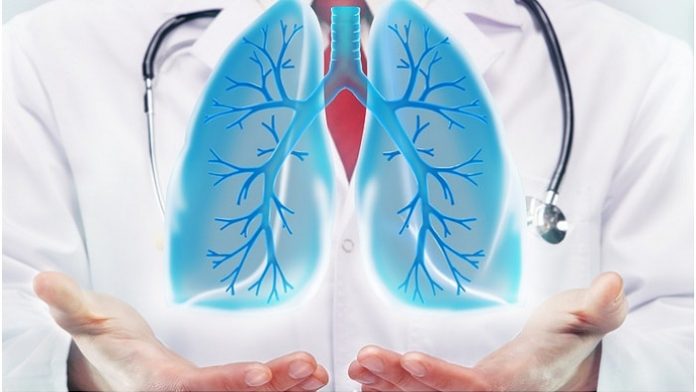Research continues into new ways of preventing and curing A-Fib, boosted by ever-increasing new technologies. Catheter ablation has become a mainstream treatment for the disease due to greater technological accuracy.
It is widely recognised that the impact of Atrial Fibrillation (A-Fib) is not only responsible for significant cardiovascular and cerebrovascular morbidity and mortality, but is also placing severe strain on healthcare resources.
Largely due to the ageing population, the prevalence of A-Fib is expected to at least double over the next decades. Almost four and a half million people are affected by A-Fib in Europe alone, among a population of 426 million. According to current population levels, more than ten million individuals will be expected to have the disease by 2050.
One of the key clinical issues in A-Fib is the difficulty in effectively managing the disease, either in terms of stroke prevention or through treatment to reduce the condition. Fortunately, advances in understanding some of the causes of A-Fib mean that other approaches are now increasingly being considered as treatments for the condition.
TREATMENT OPTIONS
Abnormal electrical activity generated by areas of heart tissue, resulting in rapid and uncontrolled contractions, usually triggers A-Fib. Treatment is commonly focused on using drugs to block the conduction of these abnormal signals, although their effectiveness is limited.
A-Fib can be treated through other techniques, including the Maze procedure. Incisions are made into the heart muscle in this open-heart surgery, which blocks the conduction of the abnormal electrical impulses. Although relatively successful, this is a highly invasive procedure and is not now widely used.
This approach has, however, led to pioneering electrophysiologists finding a way to similarly interrupt these signals. A minimally invasive endocardial catheter can deliver high energy to the inside of the atrial wall, mimicking the surgical incisions. Catheter ablation for the treatment of A-Fib has advanced significantly from the first experimental techniques.
A number of catheter ablation methodologies have evolved, generally aiming to isolate the pulmonary veins. Two methods for this exist – through either anatomically guided isolation of each pulmonary vein or electrical disconnection of the pulmonary veins guided by a circular mapping catheter.
In addition to pulmonary vein disconnection, other techniques such as Complex Fractionated Atrial Electrograms (CFAEs) have been tested, Additional sources of abnormal electrical activity in the atria, including electrical rotors and ganglionated plexuses, can be localised and then ablated. Current ablation strategies have resulted in higher success rates, often up to 80%.
THE ROLE OF TECHNOLOGY
An area of increasing sophistication in this field is the ability to accurately map the areas of heart tissue targeted for ablation. It is now common to create a three-dimensional computerised map of the atria, and to record the progress of the ablation using computer-generated markers.
In the search for even greater accuracy in the placement of ablation lesions, new technologies can combine a CT or MRI image with electroanatomical computerised mapping, or intracardiac echography. Three-dimensional reconstructions of actual left atrial-pulmonary vein relationships and highlighted variations in anatomy can then be created. Such technologies have the potential to reduce the learning curve of the procedure and present new prospects for standardisation of the technique.
Together, these methodological and technological advances have significantly improved both the overall success and safety of the procedure since the first experimental and investigational approaches.
A recent review of data from over 23,000 patients justly concluded that although it is still continually changing, catheter ablation can now be considered a mainstream approach to the treatment of A-Fib.

























